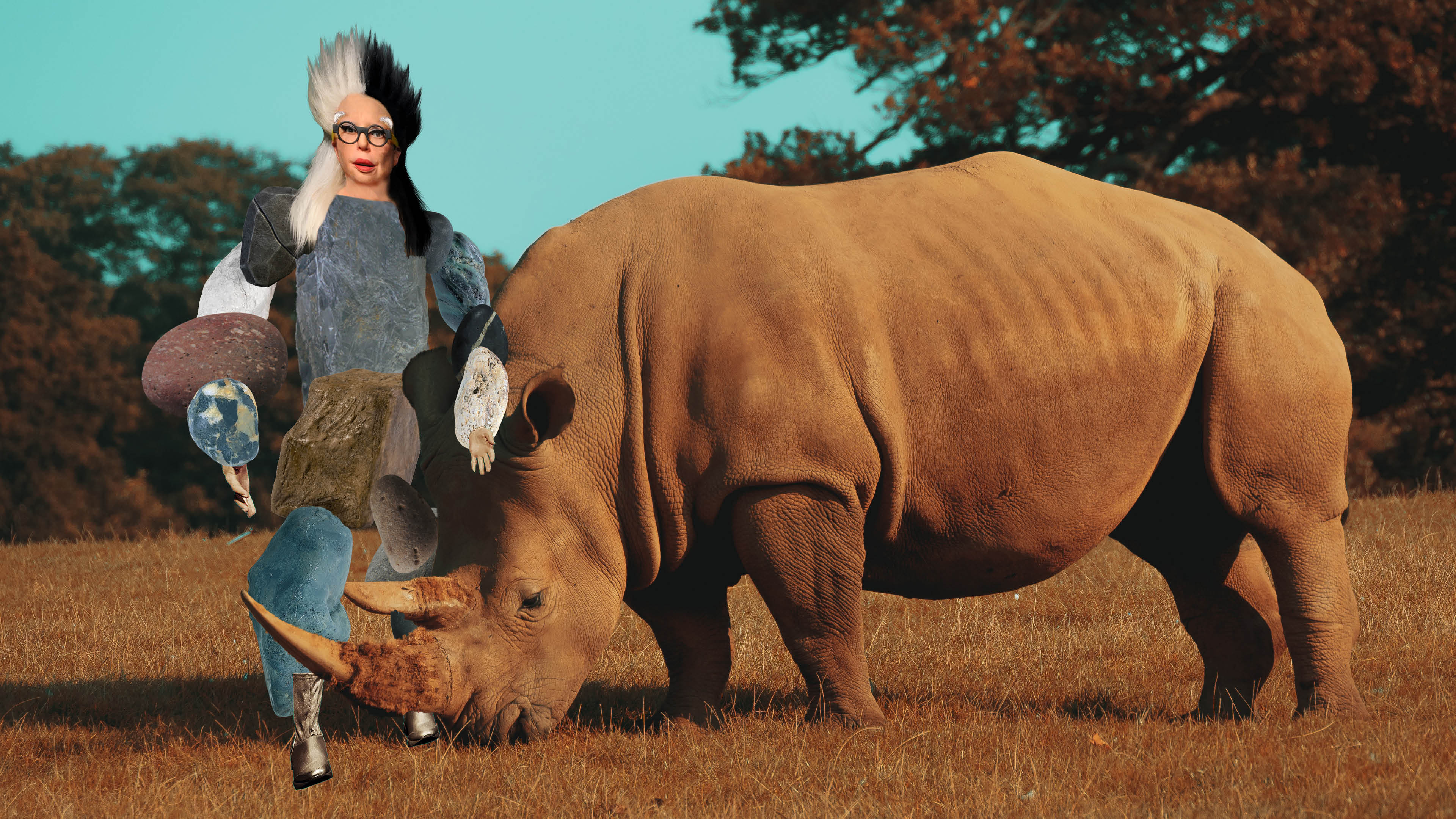-
Is AI the Future of Contemporary Art?

In October 2019, a sale at Christie's shocked the art sector. For the first time, a painting created by artificial intelligence had been listed for sale by the famous British auction house. The work sold for $432,500, alongside pieces by the likes of Andy Warhol and Roy Lichtenstein — which garnered, respectively, $75,000 and $87,500. Behind the painting in question, "Edmond de Belamy," was the Parisian collective Obvious, who had provided a novel software with 15,000 paintings dating from the 14th to 20th centuries — information by which AI then produced a new work. The painting's overwhelming success, made via processes of machine learning, beg questions that touch on the very essence of art, the status of the artist, and the future of art as we know it.
None of this, however, is radically new. In fact, artists have been turning to AI for decades. Lillian F. Schwartz was one of the processes' pioneers, using computer assistance beginning in the 60s, along with Harold Cohen and his AARON software that marked the 70s and 80s.
Nevertheless, the possibilities offered by AI have increased exponentially in the last decade. In 2018, the "Artists and Robots" exhibition at Paris' Grand Palais brought spectators ORLANoid, a robotic model of artist ORLAN, capable of speech and informed by deep learning. A second, robotic "self" that the artist uses to defend her work's values and ideas.
In 2019, the UK's robotics enterprise Engineered Arts unveiled Ai-Da, the first humanoid artist that could render works without actual human intervention. With cameras for eyes and a bionic hand, she can reproduce whatever she likes — painting, sculpture — and she's a master of art history, the canon literally implanted in her "mind." A unique algorithm gives her a singular aesthetic voice, as in a human artist, and her works have sold for sums surpassing a million euros. It's a real victory for AI, the products of which will soon be exposed at London's Design Museum, and a speculative El Dorado for gallery owners and collectors. Last February, a study published by academic journal Empirical Studies of the Arts, signed by Harsha Gangadharbatla of University of Colorado, demonstrated that most non-experts can't distinguish between human works and those generated by AI. Dystopian? Perhaps. But Artificial Intelligence is just getting started with the art market.